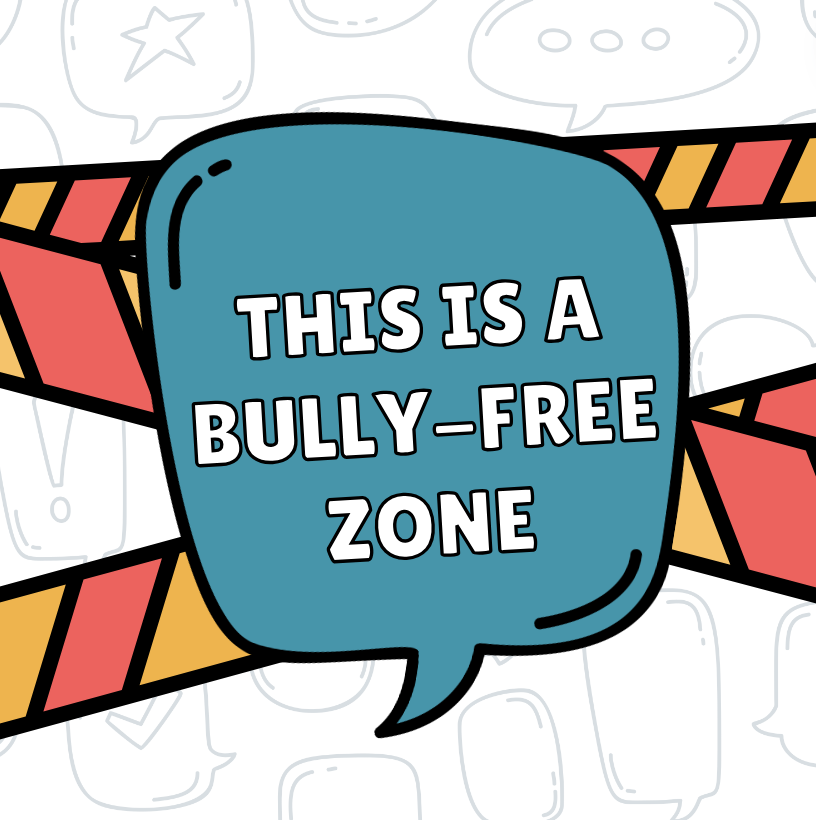
(Grounded in DPB Policy JICDE – Bullying Prevention and Education)
Barney Ford Elementary supports the development and implementation of practices that promote a safe and welcoming school climate, conducive to teaching and learning that is free from threat, harassment and any type of bullying behavior.
Definition of Bullying
Bullying is the use of coercion or intimidation to obtain control over another person or to cause physical, mental or emotional harm to another person. Bullying can occur through written, verbal or electronically transmitted expression or by means of a physical act or gesture.
| What is the difference? Being Rude Rude is inadvertently saying or doing something that hurts someone else. “Incidents of rudeness are usually spontaneous, unplanned inconsideration, based on thoughtlessness, poor manners or narcissism, but not meant to actually hurt someone.” Being Mean Being mean involves “purposefully saying or doing something to hurt someone once (or maybe twice).” Unlike unthinking rudeness, “mean behavior very much aims to hurt or depreciate someone. Very often, mean behavior in kids is motivated by angry feelings and/or the misguided goal of propping themselves up in comparison to the person they are putting down.” Bullying Bullying is “intentionally aggressive behavior, repeated over time, that involves an imbalance of power. Kids who bully say or do something intentionally hurtful to others and they keep doing it, with no sense of regret or remorse — even when targets of bullying show or express their hurt or tell the aggressors to stop.” Some examples of bullying, include physical and verbal aggression, relational aggression (like social exclusion, hazing, or rumor spreading), and cyberbullying. The key aspect to all of them is the ongoing nature of the behavior, which leaves the victims feeling powerless and fearful. Adapted from The Difference Between Rude, Mean, and Bullying |
Bullying is Prohibited
At Barney Ford Elementary, bullying is prohibited against any student for any reason, including but not limited to any such behavior that is directed toward a student on the basis of their academic performance or any basis protected by federal and state law or District policy, including race, color, ethnicity, gender, sexual orientation, gender identity, transgender status, religion, national origin, ancestry, age, marital status, veteran status, or disability, whether such characteristic(s) is actual or perceived.
A student who engages in any act of bullying, and/or a student who takes any retaliatory action against a student who reports in good faith an incident of bullying, is subject to appropriate disciplinary action including but not limited to suspension, expulsion and/or referral to law enforcement authorities. The severity and pattern, if any, of the bullying behavior shall be taken into consideration when disciplinary decisions are made. Bullying behavior that constitutes unlawful discrimination or harassment shall be subject to investigation and discipline under related DPS Board policies and procedures. Students targeted by bullying when such bullying behavior may constitute unlawful discrimination or harassment also have additional rights and protections under DPS Board policies and procedures regarding unlawful discrimination and harassment.
Bullying Prevention
Barney Ford Elementary takes many steps to prevent bullying including: